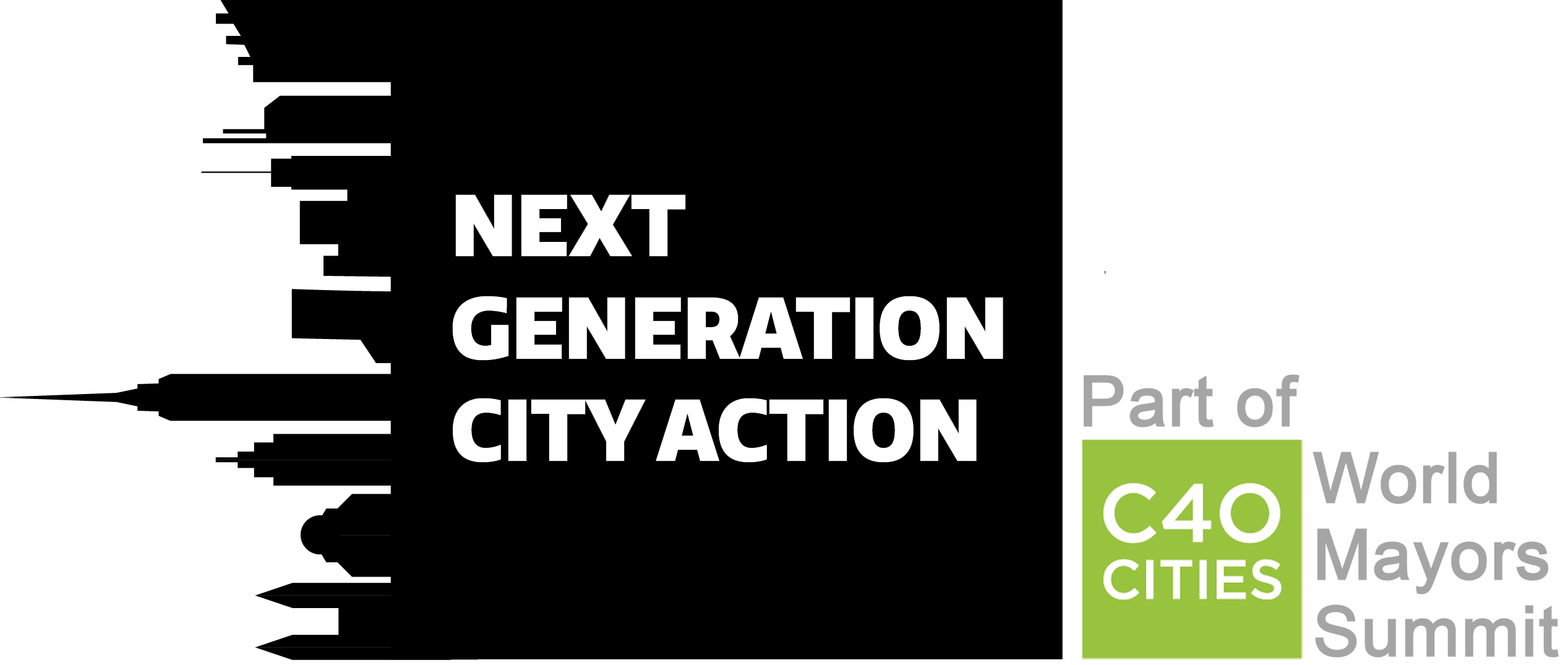Energy Efficiency in Nairobi
Making buildings smart and future ready
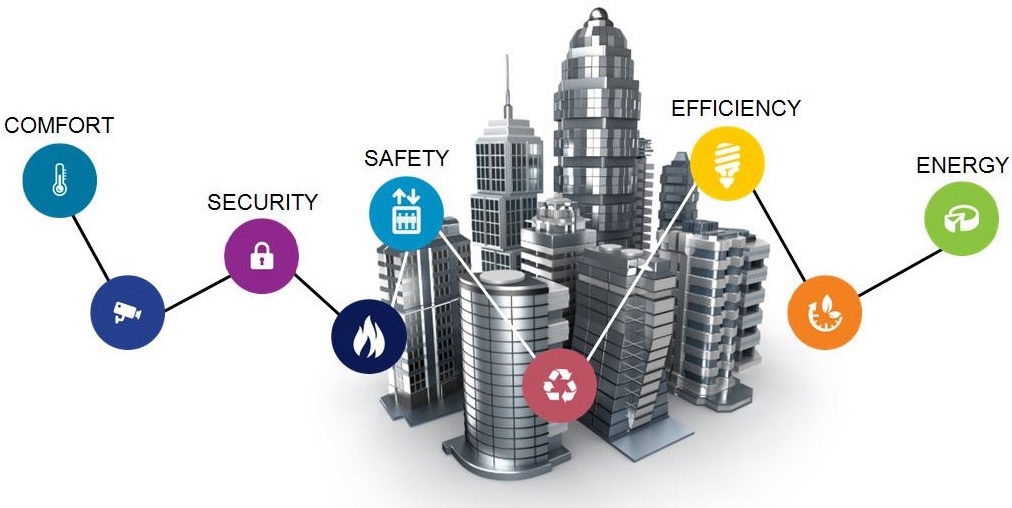
Global scenario
Buildings account for 40 percent of global energy consumption and 36% of CO2 emissions. Additionally, International Energy Agency (IEA) estimates that building area is going to increase by 60% by 2040. This implies that the overall energy demand is also likely to increase. However, there is a silver lining to this. With today’s technologies, it is possible to reduce energy consumption in buildings by at least 40 to 50%.
Current Scenario for Buildings in Nairobi
Municipal and commercial buildings account for 38% of the non-industrial electricity demand of Nairobi. Moreover, the demand is expected to increase by 4% annually. In addition, there are the following problems with regard to energy consumption:
- Lack of reliable data
- Inefficient consumption through lighting, hvac devices
- Lack of awareness about energy conservation
- Blackouts and unstable power supply
- Unreliable water supply
Supply and Demand in the Energy Efficiency Context
A sustainable energy sector can be achieved only when there is a stable and reliable energy supply system, which is matched with an optimised demand side. Therefore, improvements are required on both ends.
However, the case here is about energy efficiency in the buildings of Nairobi. This limits the solution to work on the demand side of the energy chain. Furthermore, Energy efficiency simply means using less energy to perform the same task – that is, eliminating energy waste. Hence, the solution presented here is keeping this definition and system boundaries in mind.
Our Recommended Solutions

Considering the above discussion, the solution being recommended aims to make the buildings in Nairobi smart and future ready, while reducing their energy demand. The solution incorporates the technological, social and political aspects and is broken up into two parts: immediate steps and longer term steps.
Immediate Steps
1. Installing IoT-based Smart Energy Monitoring and Control Devices
The lack of reliable data is a fundamental problem that inhibits any potential improvements to the system. Data is an integral part of Industry 4.0 and is highly valuable in that it enables real-time feedback for optimising. That’s why the first step should be to install energy monitoring and control devices. These devices, under the Internet of Things (IoT) category, are already marketed and readily available. They can be installed to measure and monitor electricity, gas and water consumption, in addition to measuring air quality, temperature and humidity in the office spaces.
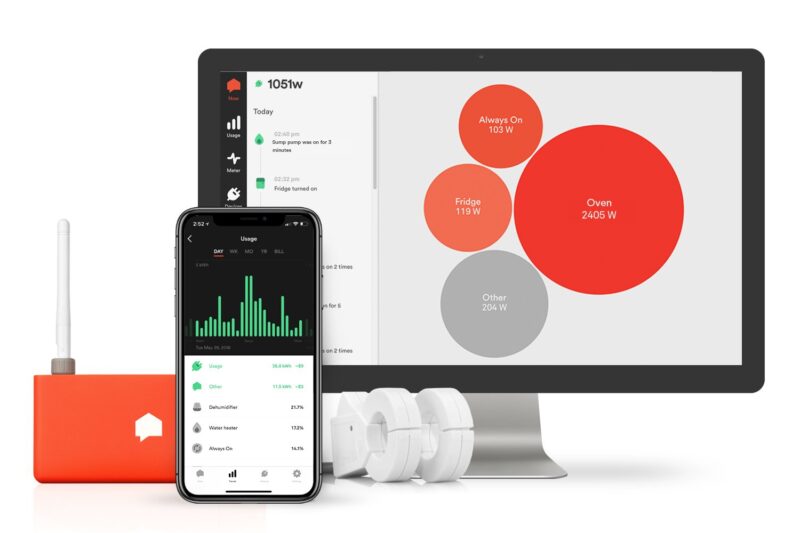
Advantages include:
- They are inexpensive, easy to install and readily available.
- The devices come with online platforms that provide various analytics and allow real time monitoring of systems.
- The data collected through smart energy monitoring devices, allows the authorities to assess the current state of energy consumption and identify exact points of leveraged intervention.
- When subsequent solutions are implemented, the data allows analysis of how effective the solution is, and visualises efficiency improvements.
- Combined with a smart grid and a more dynamic electricity pricing system, the energy monitoring and control devices would allow flexible use of the time independent equipment like dishwashers, air conditioners, washing machines etc. This would lead to economic benefits for users.
Therefore, these IoT based smart energy monitoring and control devices are an investment that will form the foundation for future energy efficiency development.
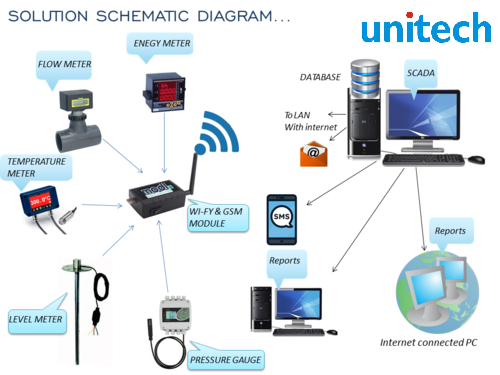
2. Reducing Demand Through Technological Solutions
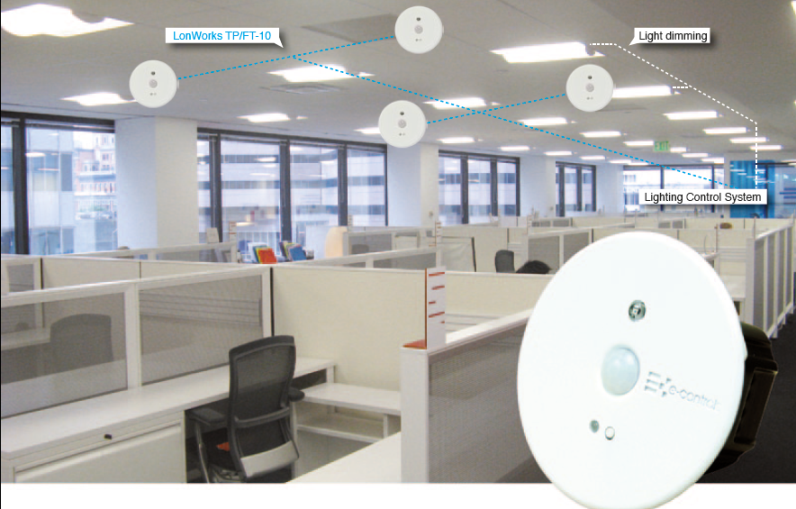
Once the energy monitoring devices are installed, the next step would be to replace old equipment with new and advanced energy efficient devices. Lighting systems is an easy place to start. We suggest to begin with implementing automated LED lights with motion sensors. These lights consume less electricity and don’t require manual switching, eliminating the issue of getting people to turn them off. The advantages are:
- Inexpensive solution, technology is readily available.
- This alone can lead to a 50 to 60% reduction in electricity consumption by the lighting system.
- These lights also improve overall safety and security of the building especially when implemented in common service areas.
- Research also points to improved comfort and productivity of employees when these lights are installed in the office areas.
Additionally, it can be considered to replace older heating, ventilation and air-conditioning (HVAC) equipment with new energy efficient devices. While these devices may not be installed everywhere, they are responsible for 40% of a buildings energy consumption wherever installed. In Kenya, it is estimated that 27% ACs still use R22 refrigerant, which emits hydrochloroflourocarbons (HCFC) that can lead to global warming. Moreover, most units are fixed compressor based which are less energy efficient because they operate the fan at a fixed speed.
ACs with newer refrigerants would reduce emissions. Additionally, having inverter technology in the compressors allows a more stable output along with a major reduction in electricity consumed because they operate at variable fan speeds. Therefore, it should be strongly considered to replace these with newer, energy efficient models wherever applicable.
3. Reducing Demand Through Social Solutions
User behaviour forms an important aspect of energy consumption and overall demand. If new solutions are implemented, but the end users have a lack of awareness and understanding about energy consumption, then the demand might continue increasing.

Therefore, it is recommended to engage the employees in the office spaces, through through energy efficiency surveys. These surveys can be used to:
- Gauge existing knowledge of employees
- Increase awareness about behavioural changes that can help reduce energy consumption
- Create a sense of ownership and involvement among co-workers
- Incentives like most energy efficient department or team or worker, could boost involvement and efficient consumption of energy
- Employees can take this awareness and information and apply it at their homes, which could lead to a ripple effect in the residential sector.
The surveys can be conducted in an interactive way through an online platform or mobile application. This would allow everyone to access the material whenever they like and the surveys can be recurring.
SWOT analysis
Based on the problems considered and solution presented, a SWOT analysis was done, which is represented here:

Future Steps
The future steps consist of more long term solutions that require a higher investment and more planning and design. However, they are important towards building smarter and energy efficient buildings. The steps include:
- Set up rooftop solar pv plants with energy storage:
The current power supply is rather unstable and causes occasional blackouts, mainly dependent on hydro power. Therefore, it is essential to fix the supply end with a more sustainable solution. Matched with regulations for feed-in tariffs, this can be an economically viable option to consider. - Rainwater harvesting: Kenya receives a lot of rain twice a year. This could be useful in reducing the overall water demand of the buildings, by implementing rainwater harvesting systems. The water collected through this system can be used for non-consumption use like flushing toilets and washing utensils. This would be an environmentally friendly solution that reduces the water demand.
- Energy Efficiency Certifications: There are various globally recognised building energy efficiency certifications like LEED, BEEC etc. These provide a holistic benchmarking and auditing process for energy efficiency in buildings. Therefore, the ultimate aim should be to achieve these certifications. Getting these certifications would also be a major accomplishment for the government at a global scale.
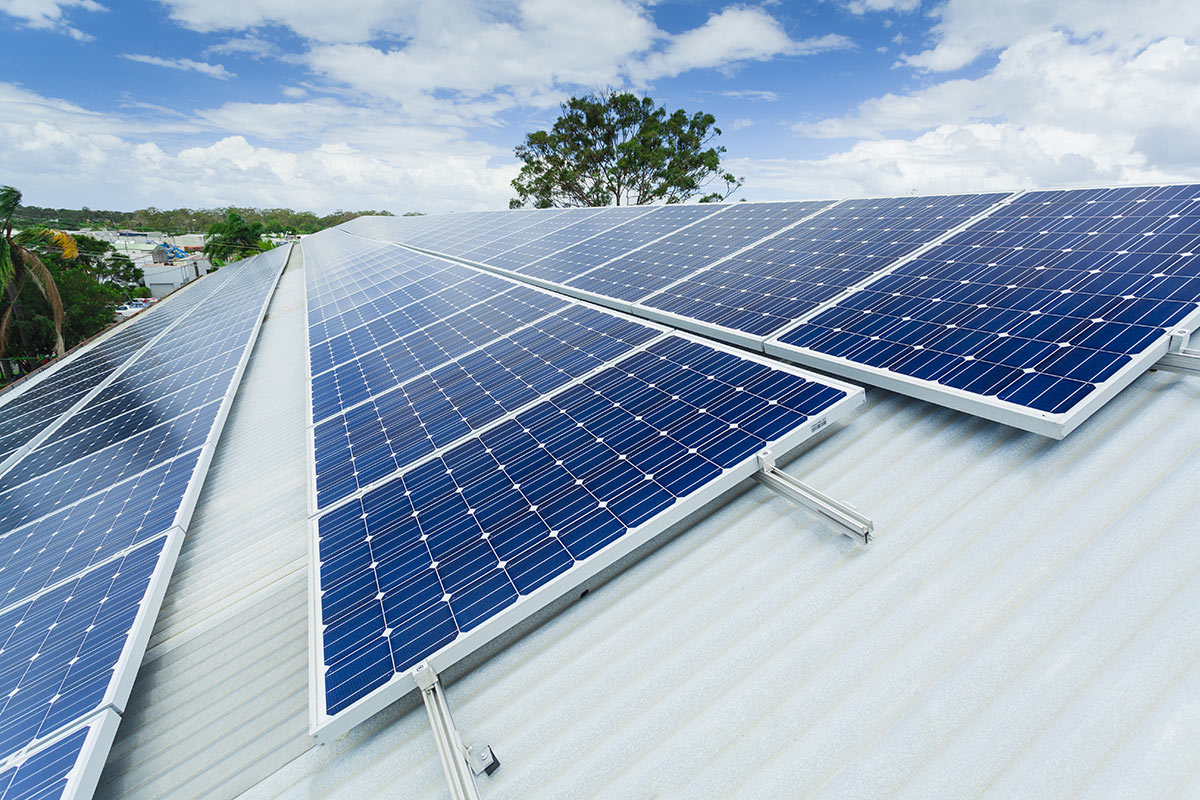
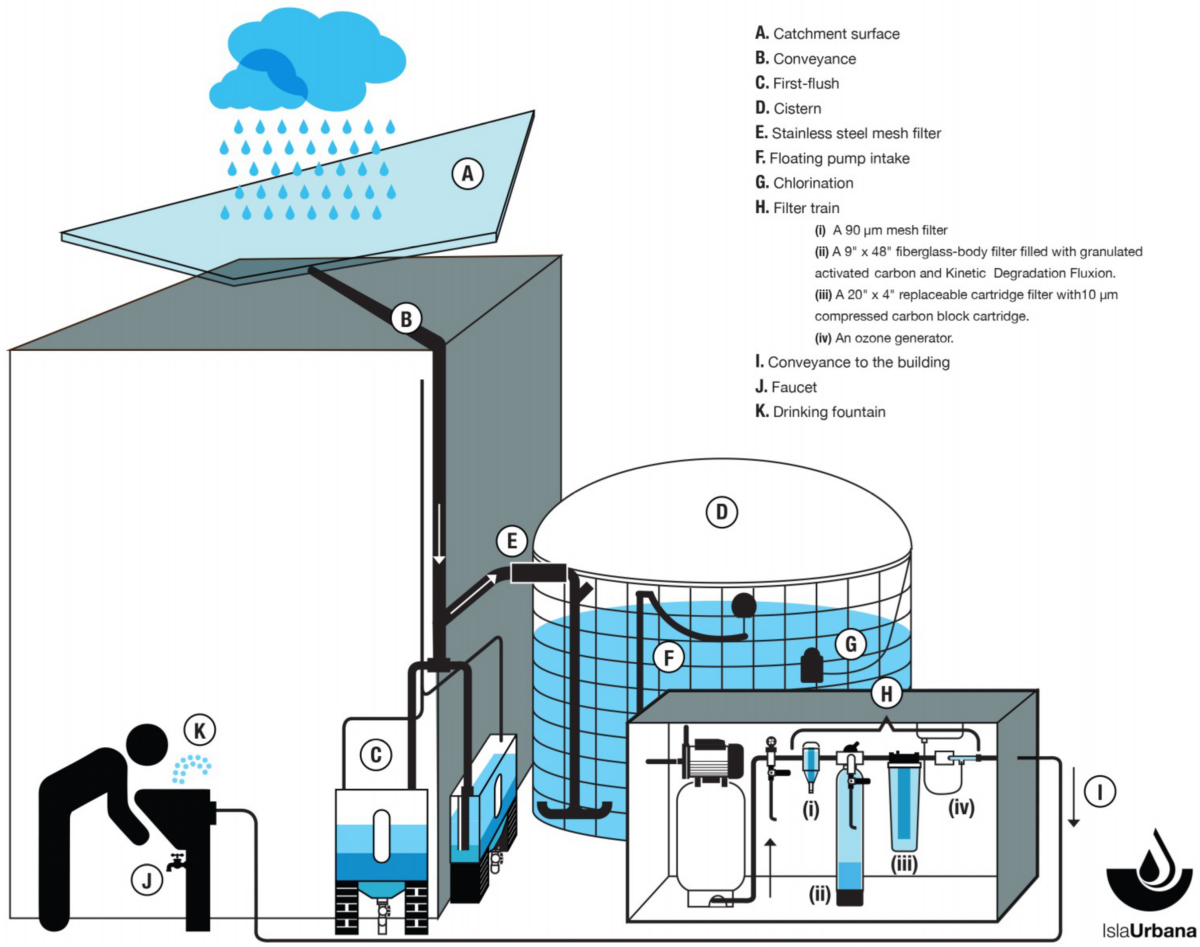

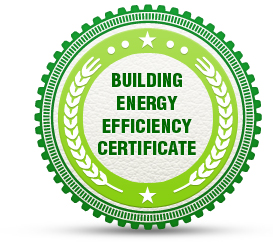
Execution
The recommended way to execute these solutions is as follows:
- As the municipality has a high degree of control over it’s own buildings, these solutions should be first implemented in the municipal buildings. Beginning with the solutions suggested as immediate steps and followed by other recommended solutions. In this way not only will the municipality set an example, but also they could learn from issues might occur on local scale before they are further rolled out.
- The municipal buildings would act as a pilot project which could then be easily replicated in other commercial/private buildings.
- Based on the learnings from the implementation of solutions in municipal buildings, better policies can be drafted. Policies are important as they bring together the social and technological solutions under one umbrella and allow them to be better enforced and taken seriously. Also, as these policies would be based on pilot projects, relevant subsidy or incentive schemes could be designed making it attractive for private actors to implement.
Overall Benefits
The proposed solution is cost-effective, as it noticeably reduces energy consumption with a low investment. Implementing said solutions for non-residential buildings are estimated to reduce energy demand by 30%. When rolled out across Nairobi municipal buildings, the annual cut in CO2 emissions could amount to 270.000 tonnes.
Case studies form the UK and US in public buildings has shown good results on increased efficiency and payback time on investment:
12-16% cuts in energy demand after installing energy monitoring devices, with a 1-2 year payback time on upfront investment.
20-70% reduction in lighting consumption and 30-60% reduction in heating/cooling/refrigeration consumption from installing energy efficient lighting and HCR devices, depending on local circumstances. Payback on upfront investment was achieved after 2-6 years.
Also, our proposal increases available data and consumption awareness. These two aspects are key to on the one hand be able to implement further solutions and to reduce the undesirable human behaviour. Moreover, the utilization of the generated data could be used for a more effective prediction of the demand and thereby for a better management of the local power system. To conclude the easy scalability of our solution could widespread this solution over different type of buildings on a short period of time.
Overall, our solution is consistent with a sustainable development and will direct Nairobi towards the future that is needed.

Possible Partnerships
Firstly, due to the expected limitations on the available resources in terms of funding, we advice financial partnerships with entities that are driven by development goals and have activity in the region. These parameters are important for obtaining the required funding under the best conditions. The main entity that fulfill this criteria is the World Bank although other organizations such as the German Development Bank could also be an alternative.
Secondly, one of the key factors of this proposal is the ease of scalability. To ensure this, we propose to engage local professionals, creating available capabilities for future expansions. With this objective in mind, we propose local authorities to partner with different educational institutions for creating a suitable framework that allows the training of the required professionals. As it is the most related institution in this field we’re proposing Nairobi Technical Training Institute as a partner.
To conclude this section, it is worth it to highlight the importance of data collection. Data collection will not only help individual buildings to size solutions and track the performance of the different equipment, but also it can be used as a data sample to better predict electricity demand in the city of Nairobi, increasing grid instability. For this reason, we propose partnering with Kenya Power. As the local transmission system operator, Kenya Power could leverage their work by being granted access to the relevant data sheets, ultimately making power production more effective.

The Team

References
https://stateofgreen.com/en/sectors/buildings/energy-efficiency-in-buildings/
https://www.iea.org/topics/energyefficiency/buildings/
https://apo.org.au/sites/default/files/resource-files/2018/11/apo-nid204206-1185896.pdf
http://www.lutron.com/europe/Education-Training/Pages/LCE/GreenBenefits.aspx
https://www.echelon.com/assets/blt65a02a03328f66e8/Municipality%20Use%20Case.pdf
https://clasp.ngo/publications/kenya-rac-market-assessment-and-policy-options-analysis-2019
